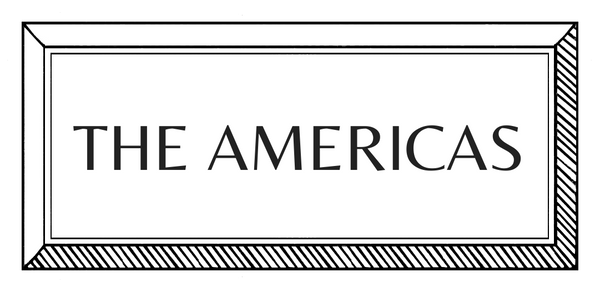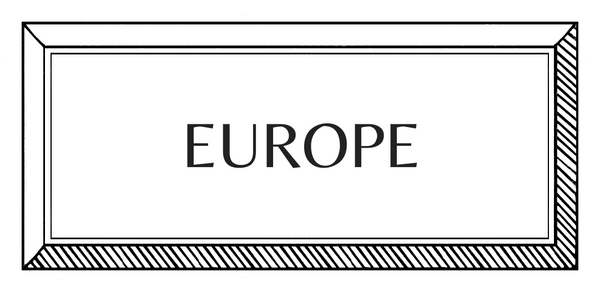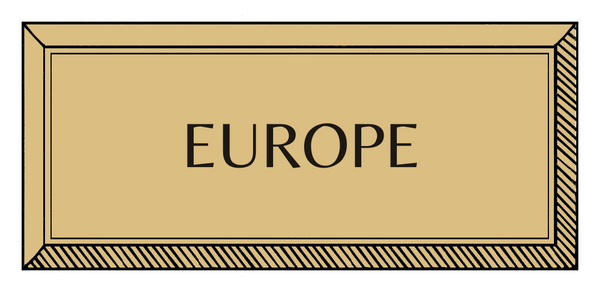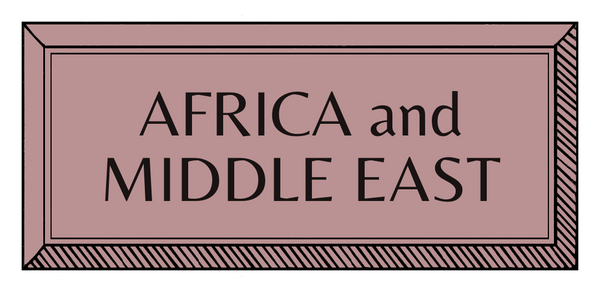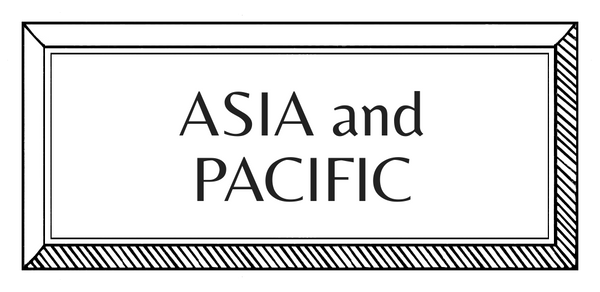MAKERS | THE AMERICAS | MEXICO | WEAVING
Porfirio Gutiérrez | Textile Weaver

Porfirio Gutierrez © Luis Garvan
Born in Teotitlan del Valle, in Oaxaca, Mexico, Porfirio Gutiérrez belongs to the indigenous Zapotec culture, from which he learned the ancient practices of natural dying and traditional weaving. Now based in California, he’s passionate about revitalizing and preserving traditional techniques, as well as exploring the depths of his cultural legacy. He talks to Rebeca Vaisman.
How did you begin?
"I was born and raised in a family that for many generations has created textiles. I belong to the Zapotec Nation, so it was in my nature to be involved in different aspects of textile creation, but I started formally weaving at 12 years old. My parents, Amado Gutierrez and Andrea Contreras, are from a generation that still had direct contact with ancestral knowledge, and I come from that lineage.
"I believe there’s an innate spiritual understanding, a comprehension of nature and symbology in their relation to creative decisions and daily objects. But by the time I got to the treadle loom, both the ceremonial and the everyday textile endeavor had begun transforming to enter a global market. That’s why my experience has been marked by a constant reflection on what is tradition and how much external forces influence in it."

Porfirio weaving by Soraya Matos.
How did you learn?
"Economic needs made me migrate to California when I was 18 years old. I spent almost a decade without weaving or making art, just dedicated to learning the language, knowing the culture and surviving in different jobs. But going through the memories of my ancestors gave me an opportunity to reconnect with myself as a Native American. After so much time, I felt the need to go back to the treadle loom, where I found the chance to nurture my creative spirit. I never stopped.
"I’ve enrichened my practice with the cultural dialogue between the ancient and the modern. Living in the South of California, one of the epicenters of Modernism, I have known artists and architects that have made important things. And I’ve also cultivated relationships with contemporary indigenous artists, like Tony Abeyta, Cannupa Hanska Luger and Cara Romero. There has been much growth in these shared experiences."
How do you plan, prepare and create?
"I use plants, like indigo, and animals, as the cochineal bug, as natural and traditional sources of color. A lot of things have an important role in the creation of a tone: temperature, the kind of water you are using, if your vessel is of iron, steel or clay. Creative experimentations never end. Just as a reference, and 80 x 80-centimeter piece might take between 600 and 700 hours of weaving. And it’s a community effort always, as it involves the families that grow the cochineal, the plants, and that transform the raw materials in threads."

Porfirio Gutiérrez weaving © Soraya Matos
What does a typical day look like?
"I set my workshop in Ventura, one hour away from Los Angeles. Here, you’ll find the materials I’m working with: wool, silk, cotton. I sketch, I determine whether the piece is going to need a wrap-around technique or an embroidery technique; I define the measurements and all the technicalities that will have to be looked into.
"Then, the next process will be dyeing the yarn. Most of my work is created using a tapestry weaving technique with treadle loom. Recently, I've been working in a series called “Continuous Line”, about the interaction between Modernism and tradition."
What are the best and worst things about being a craftsperson today?
"The blessing for me is that I can communicate what I’m supposed to in this world. I get to talk about subjects that celebrate who we are as humans, about struggles and perspectives that society needs to know. And the worst, for me, are the labels. In my culture, in my Zapotec language, we don’t have a word for artist. It doesn’t exist. The closest references someone with wisdom: Ben Nanaa.
"So, I am, myself, a maker that sometimes is labelled as Mexican artist, an indigenous artist or a craftsman. I come from a place that has a spiritual understanding of artistry, but beyond that meaning, the concept doesn’t even exist. In the society we live in, fine arts and crafts are separated, but that’s a complexity that someone else has created for us. Also, I’m a brown artist that comes from Mexico, so there’s a different challenge for my work to get respect."

© Sergio Lopez
Who or what most influences your work?
"The first place that inspires me is consciousness. I’m fortunate to have nature around me: I can get up in the mountains just five minutes away from my studio. Today people call it mindfulness; for me, it’s an opportunity to be and to feel part of the ecosystem of nature. To know that I can be one with the soil, the water and the wind, that is beyond words. That is the first place of inspiration."
One more thing... The career you’d be doing if you weren’t a craftsperson?
"I think I would be dead. I think some people are living, but they are really dead on the inside. And I think if I weren’t a weaver, I’d just become part of a thing, part of the manpower of society. And I’d be dead, because realizing what my mission in this world is, gave me life. My life as a weaver, as a maker, has freed me."
Interview by Rebeca Vaisman
Images from Liz Fish, Luis Garvan, Soraya Matos, Matthew Dutile and Sergio Lopez






